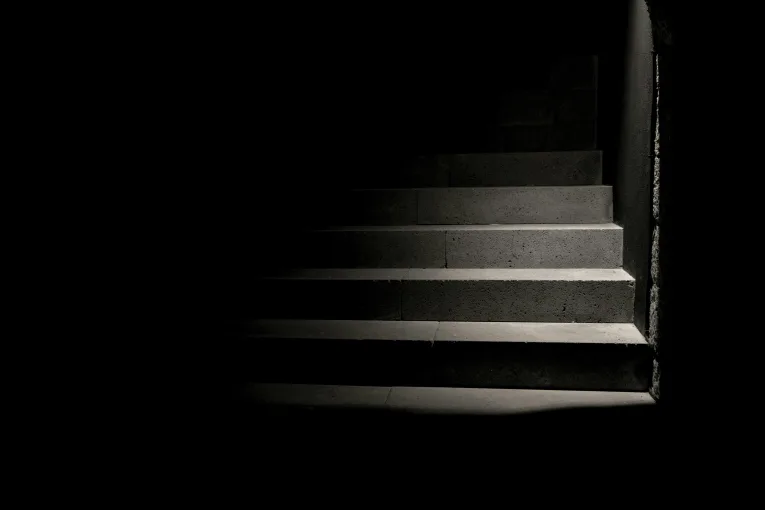
In the 1700s, punishment in Europe was both brutal and public. Michel Foucault illustrates this history in true but graphic form in his book, Discipline and Punish: The Birth of the Prison. Foucault’s account covers the execution of a man in Paris that entailed being forced to endure a series of punishments ordered by the court prior to being put to death. Red-hot pincers were employed to burn away the flesh from his limbs, and molten lead, boiling oil, burning resin, and other substances were melted together and poured into his wounds (imagine the agony, his state of mind, the trauma foisted on the watching audience). Finally, the man was drawn and quartered, his dismembered body burned.
Punishment has since been transformed from the public sphere to that of the private; in remote prison sites, tucked away in cages, unseen, unheard, invisible—to the public, non-existent.
In those forlorn cages, juveniles, women, men, and LGBTQI+ people have exercised remarkable strides at transforming themselves from traumatized individuals and people who struggle with substance abuse and general criminality into law-abiding citizens.
From my observation, and sometimes participation through peer instruction and personal mentoring, as well as self-help classes and college courses, these rehabilitative strides have been accomplished in as short as three to five years (about the same time it takes to earn a bachelor’s degree), particularly when they had access to robust rehabilitative programs. Indeed, behaviorists across the board have asserted that the rehabilitation and maturity process takes an approximately ten-year minimum or fifteen-year maximum.
In Modern Europe, many people sentenced to life in prison become eligible for parole after only fifteen years. And they have a better recidivism rate than the states. Furthermore, activists have consistently urged the California Department of Corrections (CDCR) to release people sentenced to life who have met this time threshold, citing the decades of studies that demonstrate that people tend to age out of crime.
In fact, former CDCR Secretary Ralph Diaz stated that the so-called worst of the worst, people sentenced to life without the possibility of parole, “are some of the best behaved.”
The only voice missing from this conversation is that of the rehabilitated themselves. To correct this neglect and to invite the rehabilitated into this conversation, the folks at the YouTube channel “On Uz! Podcast” have graciously provided an outlet for those missing voices (and faces) to be aired, telling their redemptive stories, explaining their rehabilitative arc. Please tune in and see how far corrections have come, and listen to the voices of people who are undeniably transformed, but are suffering due to the extreme sentences they’ve matured out of.
As a society, we’re almost there, but not yet!
